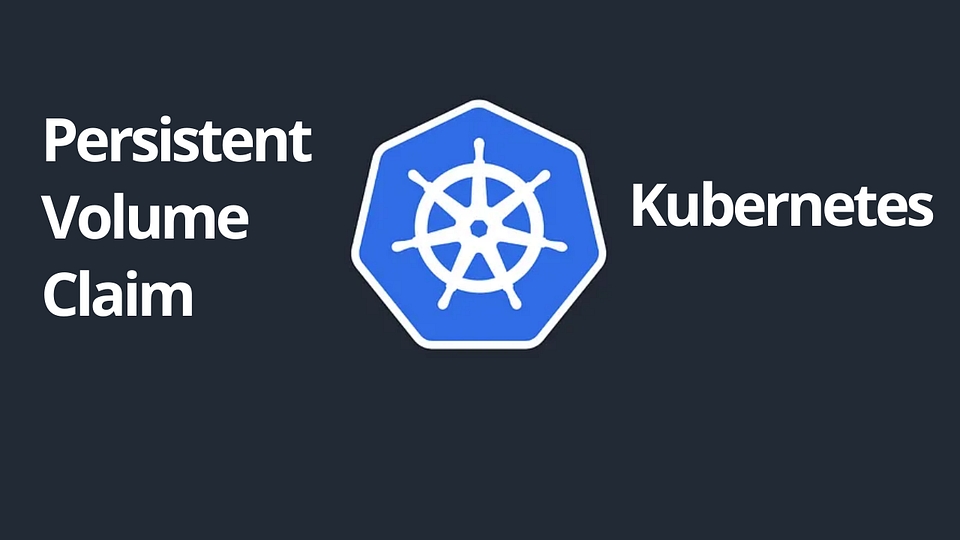Understanding Kubernetes: Part 12 -Persistent Volume Claim (PVC)

If you’ve been following our Kubernetes series 2025, welcome back! For new readers, check out Part 11: Understanding Kubernetes: Persistent Volume
What is a Persistent Volume Claim (PVC) in Kubernetes?
A Persistent Volume Claim (PVC) in Kubernetes is a request for storage by a user. It acts as a bridge between pods and Persistent Volumes (PVs), allowing pods to use storage without knowing the details of the underlying infrastructure. A PVC specifies the amount of storage and access modes needed, and Kubernetes binds it to a suitable PV.
For example:
If you have a web application like WordPress that needs persistent storage for its data, a PVC can request 10Gi of storage with a ReadWriteOnce access mode. Kubernetes will then bind the PVC to an appropriate PV, ensuring the application has durable and reliable storage.
Persistent Volume Claim Capabilities:
Dynamic Binding: Automatically provisions storage if a StorageClass is configured.
Flexibility: Allows users to specify size, access modes, and storage class without managing the PV directly.
Pod Integration: PVCs can be mounted as volumes in pods, making storage accessible seamlessly.
Decoupling: Separates storage requests from storage implementation, supporting portability and scalability.
In my previous role:
As a Senior DevOps Engineer, I used PVCs extensively for stateful applications like PostgreSQL. For one project, we deployed a PostgreSQL database that required 20Gi of storage. I created a PVC to request this storage, which was dynamically provisioned using an AWS EBS-backed StorageClass. By mounting the PVC to the PostgreSQL pod, we ensured data persistence across pod restarts and node failures. This setup played a critical role in maintaining data integrity and application uptime.
Here’s a simple YAML for a Persistent Volume Claim:
apiVersion: v1
kind: PersistentVolumeClaim
metadata:
name: pvc-storage
spec:
accessModes:
- ReadWriteOnce
resources:
requests:
storage: 10GiThis PVC requests 10Gi of storage with a ReadWriteOnce access mode. When bound to a matching PV, it provides the requested storage, which can then be used by pods for persistent data storage. PVCs are essential for dynamically managing storage in Kubernetes, enabling a seamless and scalable approach to persistent workloads.
🚀 Ready to Master Kubernetes?
Take your Kubernetes journey to the next level with the Master Kubernetes: Zero to Hero course! 🌟 Whether you’re a beginner or aiming to sharpen your skills, this hands-on course covers:
✅ Kubernetes Basics — Grasp essential concepts like nodes, pods, and services. ✅ Advanced Scaling — Learn HPA, VPA, and resource optimization. ✅ Monitoring Tools — Master Prometheus, Grafana, and AlertManager. ✅ Real-World Scenarios — Build production-ready Kubernetes setups.
🎓 What You’ll Achieve
💡 Confidently deploy and manage Kubernetes clusters. 🛡️ Secure applications with ConfigMaps and Secrets. 📈 Optimize and monitor resources for peak performance.
🔥 Start Learning Now: [Join the Master Kubernetes Course](https://cloudops0.gumroad.com/l/k8s)
Don’t miss your chance to become a Kubernetes expert! 💻✨
🚀 Stay ahead in DevOps and SRE! 🔔 Subscribe now and never miss a beat on Kubernetes and more. 🌟
Last updated